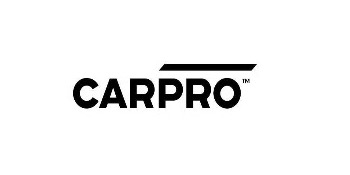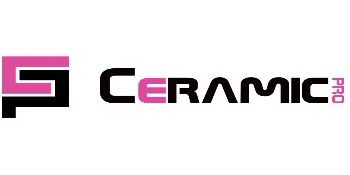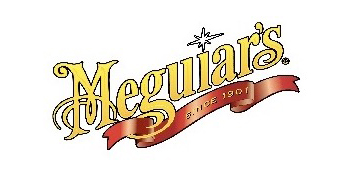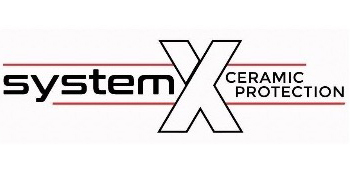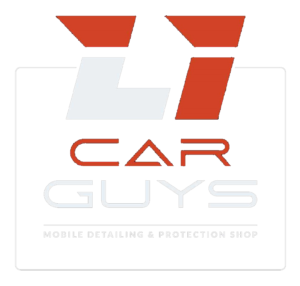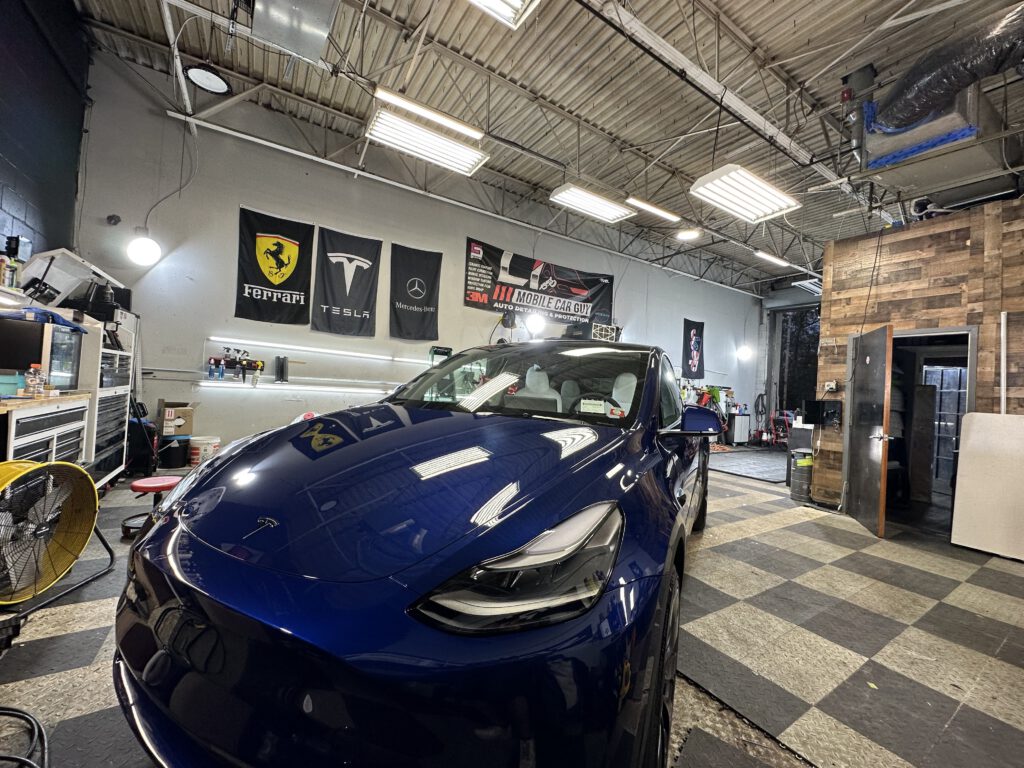
Thinking about getting PPF installed on your vehicle by LI Car Guys? You might want to prepare your wallet for a rollercoaster ride through the world of hidden fees and unexpected expenses.
While the upfront cost may seem straightforward, the magic is in the details when it comes to achieving a flawless finish that truly protects your vehicle’s paint.
Stay tuned to uncover the intricacies of PPF installation costs and how to navigate them like a pro.
Key Takeaways
- Quality PPF installation requires informed decisions on techniques and suppliers.
- Material quality impacts the cost and longevity of PPF.
- Skilled labor and efficient practices influence installation expenses.
- Balance time efficiency and quality workmanship for cost-effective PPF results.
Factors Influencing PPF Installation Costs
When considering the true cost of PPF installation, various factors greatly influence the overall expenses. The installation techniques and PPF Long Island supplier options you choose play a significant role in determining the final cost. Different suppliers offer varying prices based on the quality of materials and workmanship. Opting for a reputable supplier might mean higher initial costs but could save you money in the long run by ensuring a better installation that lasts longer.
Vehicle size is another important factor to take into account. Larger vehicles require more material and labor for PPF installation, leading to higher overall costs. Additionally, customization options such as intricate designs or special finishes can increase the price. It’s vital to balance your desire for customization with your budget in this way to avoid overspending.
Before committing to a PPF installation, research different installation techniques and supplier options to find the best fit for your needs and budget. Compare prices, read reviews, and ask for recommendations from other car enthusiasts to make an informed decision. Remember that the size of your vehicle and the level of customization you want will directly impact the total cost. By carefully taking into account these factors, you can make sure a successful PPF installation aligns with your preferences and budget.
Material Costs Breakdown
When evaluating the material costs breakdown for PPF installation, it’s crucial to ponder various pricing factors that can greatly impact your overall expenses, including options like paint protection film Long Island.
By exploring cost-effective alternatives without compromising quality, you can optimize your budget and guarantee a successful installation process.
Understanding the intricacies of material pricing and seeking efficient solutions will ultimately lead to a well-informed decision regarding your PPF installation project.
Material Pricing Factors
To understand the breakdown of material costs for PPF installation, it’s essential to analyze the pricing factors that contribute to the overall expense. Here are three important aspects that influence material pricing:
- Material Durability: The longevity and quality of the paint protection film greatly impact its cost. High-quality, durable materials may come at a higher price point but offer better protection and longevity.
- Installation Complexity: The intricacy of the installation process plays an important role in determining material costs. Complex installations, such as those on curved surfaces or intricate car designs, may require more material and time, increasing overall expenses.
- Material Thickness: Thicker PPF materials provide enhanced protection but often come at a higher price due to the increased amount of material used.
Cost-Effective Alternatives
For a more budget-friendly approach to PPF installation, exploring alternative materials can greatly impact overall costs while maintaining quality protection. When considering cost-effective alternatives, look for affordable solutions that offer durability and protection comparable to traditional PPF materials.
Vinyl wraps are a popular budget-friendly option that can provide a protective layer against swirl marks and small dents. Paint protection films made from polyurethane are another cost-effective choice, offering excellent protection while being gentler on the wallet.
By researching and comparing different budget-friendly options, you can find a cost-effective solution that meets your needs while keeping PPF installation expenses in check.
Labor Expenses Consideration
When considering skilled labor costs for PPF installation, it’s important to balance time efficiency with quality workmanship.
To optimize expenses, explore cost-saving measures such as bulk discounts on materials or scheduling multiple installations in one visit.
Skilled Labor Costs
Skilled labor costs are a pivotal component that greatly impacts the overall expenses involved in PPF installation. When considering skilled labor costs, here are three essential aspects to keep in mind:
- Efficient Work Practices: Hiring a skilled workforce guarantees labor efficiency, reducing the time needed for installation and potentially saving on labor costs in the long run.
- Quality Craftsmanship: Skilled workers bring expertise and precision to the installation process, leading to a higher-quality finish that enhances the overall effectiveness of the PPF.
- Reduced Errors: A skilled workforce is less likely to make mistakes during installation, minimizing the need for rework and additional labor expenses. This proficiency contributes to a smoother and more cost-effective PPF installation process.
Time Vs. Quality
Efficient utilization of labor resources is key when balancing the trade-off between time and quality in PPF installation, impacting overall expenses greatly.
In the domain of PPF installation, the ongoing debate of speed vs. quality persists. While efficiency vs. precision is essential, one must also navigate the terrain of timeliness vs. perfection.
Quickness vs. excellence becomes the focal point when considering labor expenses. Achieving the delicate equilibrium between these dichotomies is a strategic endeavor.
Every minute spent on installation affects the outcome and, consequently, the cost incurred. Prioritizing quality without compromising on efficiency is paramount for best results.
Your decisions regarding time allocation directly correlate with the quality of the PPF installation and the subsequent expenses accrued.
Cost-Saving Measures
To optimize labor expenses in PPF installation, meticulous planning and resource allocation are pivotal. Here are three key strategies to help you save on labor costs:
- Consider DIY Options: If you have the skills and time, opting for a do-it-yourself approach can notably reduce labor expenses. But take note of the precision of an expert.
- Explore Professional Services: Compare quotes from different professional installers to find the best balance between cost and quality.
- Leverage Bulk Discounts and Negotiation Tactics: Purchasing PPF materials in bulk can often lead to discounts. Additionally, don’t hesitate to negotiate labor fees with installers to secure a more budget-friendly deal.
Additional Costs to Anticipate
When preparing for PPF installation, be mindful of the potential additional costs that may arise beyond the basic installation fees. While the initial quote for Paint Protection Film (PPF) installation may seem straightforward, hidden fees and unexpected expenses can quickly add up if you’re not prepared.
One common additional cost to anticipate is the price of custom PPF patterns. If your vehicle has unique contours or features that require custom cutting of the film, this customization can incur extra charges. It’s important to discuss these possibilities with your installer upfront to avoid surprises in your final bill.
Additionally, some installers may charge extra for pre-installation preparation work, such as paint correction or surface detailing. Ensuring that your vehicle’s paint is in good condition before applying PPF is crucial for a seamless finish, but it can come with an added cost.
Furthermore, consider the cost of removing old PPF if your vehicle already has a protective film that needs replacement. Removing existing PPF can be labor-intensive, leading to increased labor costs.
Cost of Maintenance and Repairs
Consider factoring in the ongoing expenses associated with maintaining and repairing Paint Protection Film (PPF) on your vehicle to guarantee its long-term effectiveness. To make sure your PPF continues to provide the best protection and a sleek appearance, it’s crucial to be prepared for potential repair costs and long-term expenses.
Here are three key points to keep in mind:
- Regular Inspections: Conducting routine inspections of your PPF can help you catch any damages early on. By identifying issues promptly, you can prevent them from worsening and potentially reduce repair costs in the long run. These inspections can be done visually, looking for any peeling or bubbling on the film.
- Quality Repairs: When repairs are necessary, opt for high-quality materials and professional installation. Cutting corners on repairs may lead to further damage or the need for more frequent fixes, ultimately increasing your long-term expenses. Investing in quality repairs ensures the longevity of your PPF.
- Budget Allocation: Set aside a portion of your budget for maintenance and repairs of your PPF. Having a dedicated fund for these expenses can help you stay on top of any necessary fixes without causing financial strain. Planning for these costs is key to preserving the effectiveness of your PPF over time.
Budgeting Tips for PPF Installation
In preparing to install Paint Protection Film (PPF) on your vehicle, it’s important to strategically plan your budget to guarantee a smooth and cost-effective process. When considering the costs associated with the installation process, it’s critical to factor in not only the price of the PPF material but also labor costs. Research different PPF installers in your area to compare prices and make sure you’re getting a fair deal. Additionally, inquire about any package deals or discounts that may be available to help you save on overall expenses.
Budgeting for PPF installation also involves looking beyond the initial investment. While the upfront costs may seem significant, it’s vital to remember the long-term benefits of PPF. By protecting your vehicle’s paint from chips, swirl marks, and UV damage, PPF can help maintain its resale value and keep it looking new for years to come. Considering these long-term advantages can justify the expense of installation and highlight the value it adds to your vehicle.
To further streamline your budgeting process, create a detailed budget that outlines all potential costs associated with PPF installation. This can include not only the installation itself but also any additional services you may choose to enhance the protection of your vehicle. By planning and budgeting carefully, you can ensure a successful PPF installation that provides lasting benefits for your vehicle.
Recap
As you prepare to invest in PPF installation, remember that excellence comes at a price. Be prepared for material costs, labor expenses, and potential maintenance fees.
Just as a masterpiece requires time, effort, and resources, achieving the highest level of protection for your vehicle demands careful planning and budgeting.
So, when you start on this journey, remember that the true cost of excellence isn’t just monetary but also a commitment to quality and lasting value.

